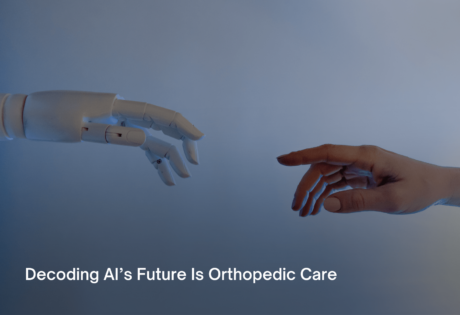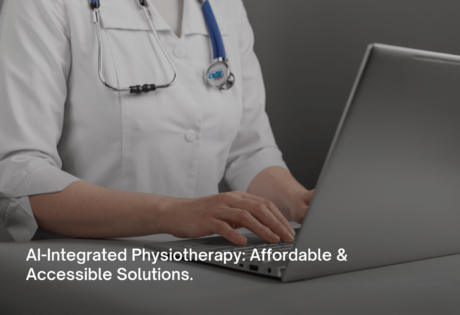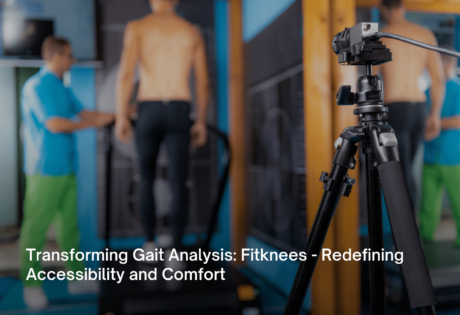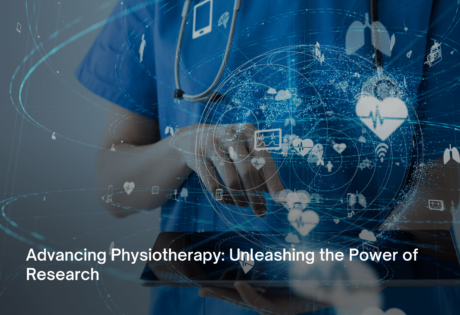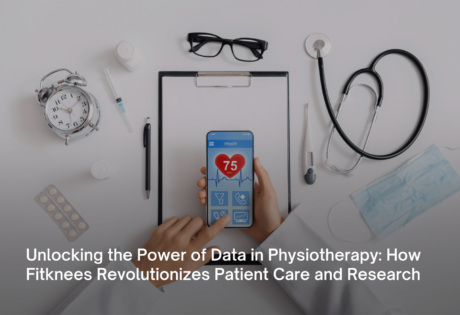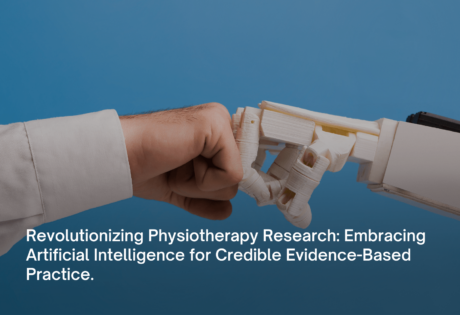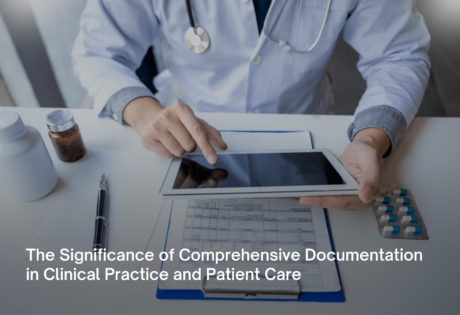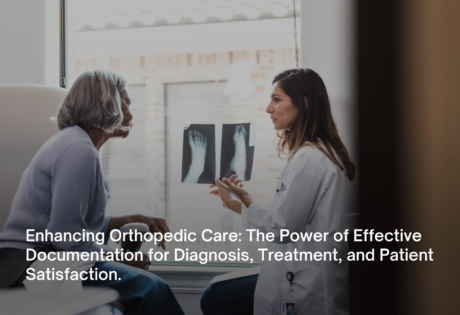 26Sep
26Sep
Understanding Patient Adherence From A Physio
Perhaps the most important but frequently overseen factor in recovery success is patient adherence and emotional understanding. Having a clear insight into the headspace of both the patient and the physio would be key to improving patient-physio relations. Here’s what Dr. Pallavi Variyani, a PhD candidate in community health and rehabilitation to say about patient adherence. Why is patient adherence important? Dr. Pallavi explains patient adherence the best way possible i.e., a doctor’s commitment to a patient. Be it making patients feel better and confident about themselves to …

